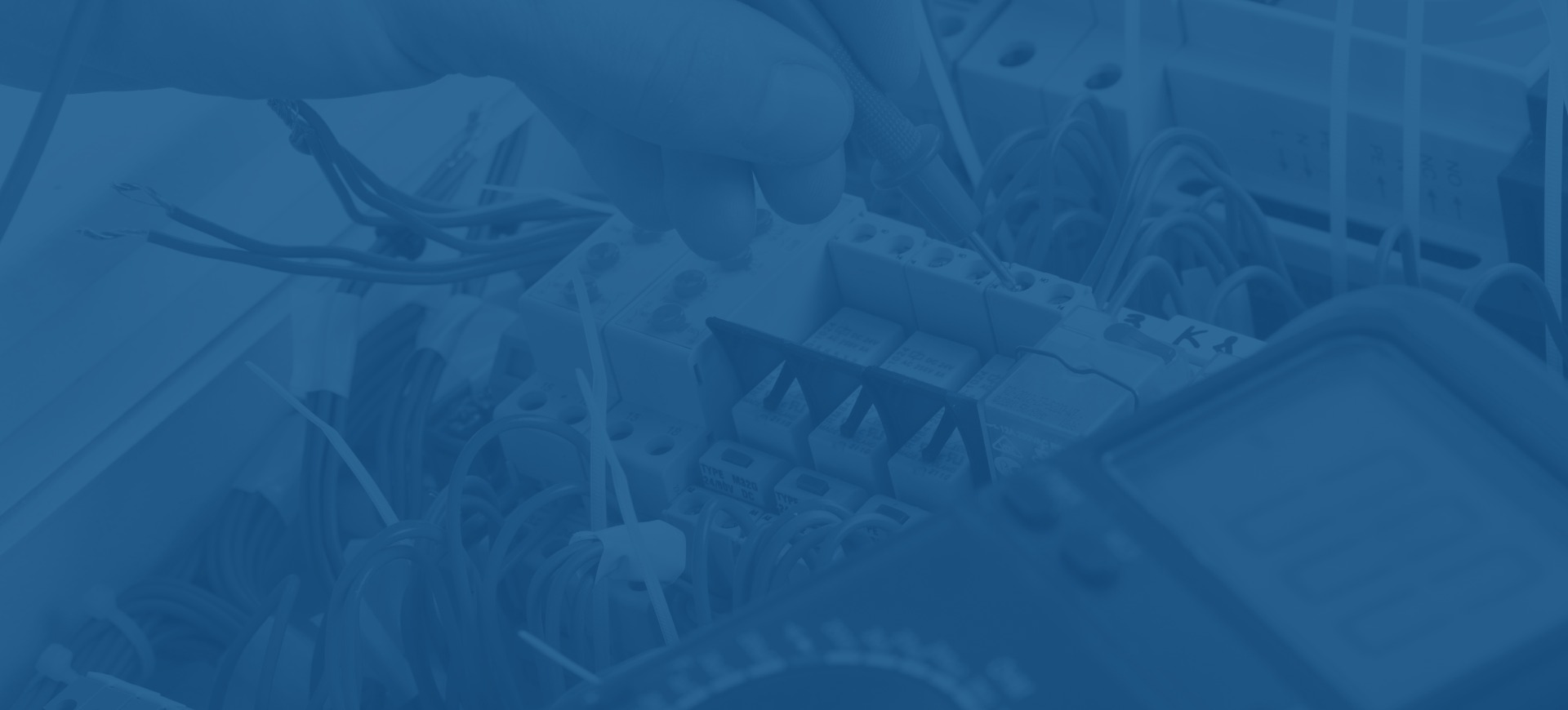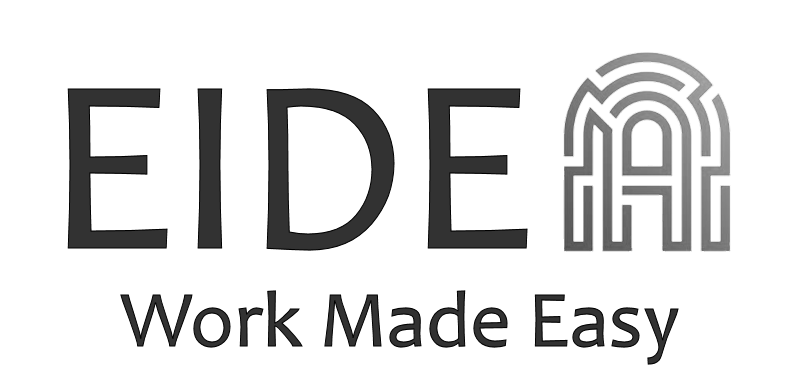Bank integration
In today's fast-paced financial landscape, efficient bank integration is crucial for businesses of all sizes. Whether you're a large enterprise or a small startup, connecting your financial systems directly with your banking partners can streamline operations, enhance security, and provide real-time insights into your cash flow. This article explores four common bank connectivity options—Host-to-Host, EBICS, APIs, and Open Banking—highlighting their unique features, benefits, and implementation challenges. By understanding these options, you can make informed decisions to optimize your financial processes and drive your business forward.

Common bank connectivity options
A break down and comparison of four common bank connectivity options:
- Host-to-Host
- EBICS
- APIs
- Open Banking
Host-to-Host Connectivity
Host-to-Host (H2H) connectivity is a direct and secure way for a company to send financial data back and forth with a bank. Think of it as a private data highway between them. It typically involves the use of a dedicated leased SFTP connection and IP whitelisting.
Here are some key points to consider:
Security: H2H is very secure. Data goes directly between the company and the bank, no detours. It uses encryption and authentication to keep data private.
Speed: It is generally slower, as you get data in ISO files daily or on an intra-day basis, rather than in real time.
Customization: H2H allows for tailor-made data exchange, bending to fit any business needs.
Implementation: Setting up H2H needs tech know-how and teamwork between the company and the bank.
Costs: It can be a bit pricey to cover upfront costs and ongoing maintenance. And these costs would differ from bank to bank.

Electronic Banking Internet Communication Standard
EBICS is a standard way to exchange data with banks online, predominantly used in Germany, Austria, Switzerland and France.
Security: EBICS is all about keeping things secure. It uses encryption and digital signatures to lock down the data.
Multi-banking: EBICS allows companies to connect with multiple banks using a single protocol. It's like connecting with multiple banks using a single remote control. Easy and efficient.
Functionality: EBICS supports a wide range of financial transactions, including payments, collections, and reporting. It provides extensive control and monitoring capabilities for managing banking activities.
Standardization: EBICS uses the same language across different banks and software. So, no translation issues. This simplifies integration when using multiple banking partners.
Implementation: Implementing EBICS needs the right software and coordination with the bank. It may involve initial setup costs and ongoing maintenance, depending on the chosen software provider.

Proprietary API (Application Programming Interface)

Implementation: Implementing APIs requires development resources and technical expertise. Banks typically provide documentation and developer support to facilitate integration efforts.
Costs: Similar to H2H connectivity there are upfront costs and ongoing maintenance fees to keep in mind.
APIs are a set of protocols and tools that allow different software applications to communicate with each other. In the banking context, APIs are built by the bank to allow access to their banking services programmatically. Bank APIs will not necessarily conform to a set standard but will often use ISO 20022 for sending and receiving messages.
Here's what you need to know:
Flexibility: APIs provide a flexible and scalable solution for integrating banking services into company systems or applications. They're fast and let you do things in real-time.
Speed and efficiency: APIs make data exchange quick and efficient. You get to make decisions on the fly and keep your customers happy.
Security: APIs come with safety features like authentication and authorization. Your data is locked up tight and in compliance with industry standards, such as OAuth 2.0.
Open Banking
Open Banking is a regulatory initiative that is all about letting customers share their financial data securely with other licensed providers.
Here's the lowdown:
Control: Open Banking gives customers the power to share their financial data with approved providers. This leads to personalized services and better money management.
Enhanced services: Open Banking encourages teamwork between banks and fintech companies. Customers can enjoy services like account aggregation, budgeting tools, and loan comparison platforms.
Security and privacy: Open Banking relies on secure APIs and strong customer authentication to ensure the privacy and protection of financial data.


Standardization: Open Banking typically sticks to the same standard (although some differences do exist), so different banks and providers can play nice.
Implementation: Open Banking requires compliance with regulatory requirements and the development of secure and robust APIs.
Scope: Banks are required to provide API access to customer data as part of Open Banking regulations, however, it is only mandatory for retail bank accounts not businesses.
Remember, not all banks offer all these choices, and what you pick depends on your needs. For example, H2H is great for security and customization, but it's tech heavy. EBICS is standard in some banks in Europe but may not be available elsewhere. APIs and Open Banking offer flexibility and innovation but need some special tech know-how. Knowing what each option offers helps you make the right call and get the most out of modern bank connections for your business.
Deep dive into host-to-host connectivity
In simple terms, host-to-host (H2H) connectivity allows seamless communication and data exchange between different software systems. It's like having a direct line between your company's system and your banking partners. For many businesses, H2H connectivity is the key to automating their treasury and financial operations. It allows to exchange financial data with banks in real time, making it easier to manage liquidity, monitor cash flows, and make informed financial decisions. All that helps your team save time on manual tasks and create financial processes that work well as your business scales.
In the past, H2H connectivity was mainly available to large enterprises. But thanks to advancements in technology and the rise of fintech solutions, H2H connectivity is now more accessible to smaller businesses. That means scale-ups, small and medium-sized enterprises, and even non-profit organizations can connect to their banks to optimize their financial operations.
How does H2H connectivity work?
H2H connectivity operates on a secure channel, usually through secure file transfer protocol (SFTP), electronic data interchange (EDI) or application programming interfaces (APIs). This secure connection makes sure that your sensitive financial information stays protected throughout the data transmission. With this direct link, you can automate various financial operations like payment initiation, cash management, and reconciliation.
Here is a step-by-step breakdown of how H2H connectivity works:
System integration
Your company's financial systems, like your enterprise resource planning (ERP) software or treasury management systems, get integrated with your bank's systems. This integration can happen through different methods as mentioned above.
Establishing connectivity
You create a secure and dedicated connection with your bank's systems. This connection can be through a virtual private network (VPN) or other secure channels to make sure your data stays confidential and intact.
Data exchange
Once the connection is established, your financial systems can exchange various types of financial data with the bank, like payment instructions, account balances, transaction details, and account statements. The data can be transmitted in a standardized format, such as ISO20022 or SWIFT, making it easier for both sides to understand, or using a custom format developed by the bank.
Authentication and security
Strong authentication mechanisms ensure the security of the communication. This includes things like digital certificates, secure login credentials, encryption, and other security measures to verify the identity of both your company and the bank.
Transaction processing
Your financial systems generate payment instructions or other financial transactions, which are securely transmitted to the bank through the connection. The bank's systems receive and process these instructions, carrying out the requested transactions like fund transfers, direct debits, or foreign exchange transactions.
Confirmation and reporting
After processing the transactions, the bank generates confirmation messages or reports that are sent back to your financial systems. These messages provide details about the transaction status, settlement information, and account balances. This helps you keep your financial records accurate and up to date.
What are the benefits of connecting to banks using H2H connectivity?
Direct bank connectivity
One great thing about H2H connectivity is that it can seamlessly integrate with different banking partners. Instead of dealing with multiple banking portals and interfaces, you can consolidate all your banking relationships. That does require an interface to simplify access the data and make it usable for different tasks finance and treasury teams would do - balance reporting, cash flow management or paying bills etc.
Cash visibility and management
Another significant advantage is improved cash visibility and liquidity management. By automating processes like cash pooling and sweeping, you can keep a close eye on your cash position across multiple accounts and locations. This visibility allows for better forecasting and optimization of your liquidity, empowering you to make informed choices about investments, debt management, and working capital allocation. With H2H connectivity, finance teams can proactively manage their cash flows, reducing idle balances and maximizing interest income.
Risk management
H2H connectivity is not just about making financial processes efficient. It also plays a crucial role in risk management. With direct connectivity, you can establish strong controls and security measures, reducing the risk of fraudulent activities and unauthorized access to sensitive financial information. Plus, it makes transaction data exchange smooth and easy, which helps with reconciliation. This cuts down on errors and helps you comply with regulatory requirements, ensuring transparency and accountability when scaling financial operations.
What are the challenges with H2H connectivity?
Long integration time
Despite its evident advantages, H2H connectivity does come with a few challenges. One of the main hurdles is implementation. Integrating with banks can be complex and time consuming. It requires collaboration between your finance team, IT department, and banking partners to make sure everything goes smoothly. That means endless meetings internally and with your banking partner. Once the connections are set up, you will still have to maintain them.
Costs
Bank integrations are not cheap. Depending on the bank, typically you will have to pay for a one-time implementation and monthly maintenance fees. Implementation costs vary from a few hundred pounds up to a few thousand. You might also be quoted different prices based on your use case - payments come at a high price while using H2H connections for reporting is usually much cheaper. Since there's no publicly available price list you can try to negotiate.
